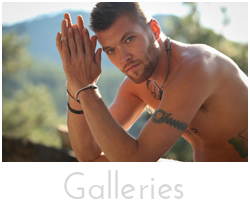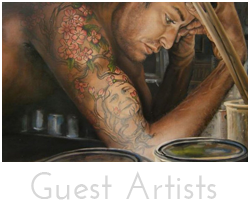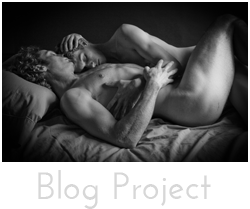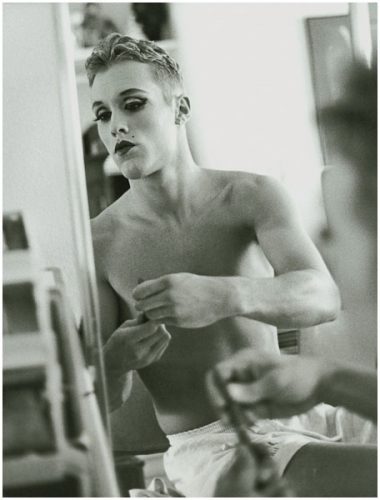 I had a photography friend, Katie La Salle-Lowery, come by last night and we spent a great deal of the evening talking about our creative processes of creating images. She is mostly a landscape photographer with an intense passion for Yellowstone Park. Our approaches are on the utter extreme from each other, but the core of our ideas and base of knowledge of the fundamentals are the same. I began my love for photography the old fashioned way of manual processing in primarily black and white. I was an avid fan of the theories of Ansel Adams experiment in the Zone System he developed and refined through the course of his life. The basic concept was to pre-visualize the subject that you wanted to capture. You would then meter all the various tones of reflectance with in the subject, looking specifically at the extremes of black and white. Then you would begin to see where all the tones fell in between these extremes. I used to have a zone notebook so I could place the tones on the actual scale and know precisely where I would fall within my image. Adams’ theories where then based on the idea that you could either stretch or compress your current tonal range so that every tone in the 10 gray tone scale zone system would be distinctly represented. There then becomes a distinct means of how long you exposed the image and how long you processed the film to place it exactly where you wanted them to lie to create to perfect negative. Believe me it’s a very complicated system that is based in mathematical formula and extremely exciting to work in once you get the gang of it, because every image is unique and become a challenge to push to the edge of your perception of perfection. It was amazing the absolute control you had over getting exactly what you envisioned.
I had a photography friend, Katie La Salle-Lowery, come by last night and we spent a great deal of the evening talking about our creative processes of creating images. She is mostly a landscape photographer with an intense passion for Yellowstone Park. Our approaches are on the utter extreme from each other, but the core of our ideas and base of knowledge of the fundamentals are the same. I began my love for photography the old fashioned way of manual processing in primarily black and white. I was an avid fan of the theories of Ansel Adams experiment in the Zone System he developed and refined through the course of his life. The basic concept was to pre-visualize the subject that you wanted to capture. You would then meter all the various tones of reflectance with in the subject, looking specifically at the extremes of black and white. Then you would begin to see where all the tones fell in between these extremes. I used to have a zone notebook so I could place the tones on the actual scale and know precisely where I would fall within my image. Adams’ theories where then based on the idea that you could either stretch or compress your current tonal range so that every tone in the 10 gray tone scale zone system would be distinctly represented. There then becomes a distinct means of how long you exposed the image and how long you processed the film to place it exactly where you wanted them to lie to create to perfect negative. Believe me it’s a very complicated system that is based in mathematical formula and extremely exciting to work in once you get the gang of it, because every image is unique and become a challenge to push to the edge of your perception of perfection. It was amazing the absolute control you had over getting exactly what you envisioned.
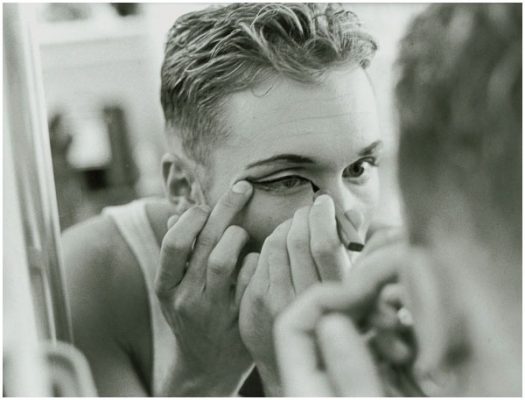 Being a man who loves people and cannot visualize a landscape for the life of me. I guess growing up in Montana where everywhere you look and seeing magnificent landscapes and growing up on a cattle ranch at the mouth of a beautiful wilderness area it was just a part of what I took for granted in my everyday environment. To me the landscape is more about an internal feeling that surrounds me, that I am one with, that I can’t seem to dissect. As hard as I have tired it’s just not in my nature to shoot. But people on the other hand fascinate me to no end and strangely enough Adams’ theory of zone translates quite well into photographing people was well, for some reason I work well with photographing drag queens and placing their mysterious tonal range into a scale that accentuates their fascinating process of preparation. It works well with nudes. It basically becomes the foundation for anything you could ever want to shoot.
Being a man who loves people and cannot visualize a landscape for the life of me. I guess growing up in Montana where everywhere you look and seeing magnificent landscapes and growing up on a cattle ranch at the mouth of a beautiful wilderness area it was just a part of what I took for granted in my everyday environment. To me the landscape is more about an internal feeling that surrounds me, that I am one with, that I can’t seem to dissect. As hard as I have tired it’s just not in my nature to shoot. But people on the other hand fascinate me to no end and strangely enough Adams’ theory of zone translates quite well into photographing people was well, for some reason I work well with photographing drag queens and placing their mysterious tonal range into a scale that accentuates their fascinating process of preparation. It works well with nudes. It basically becomes the foundation for anything you could ever want to shoot.
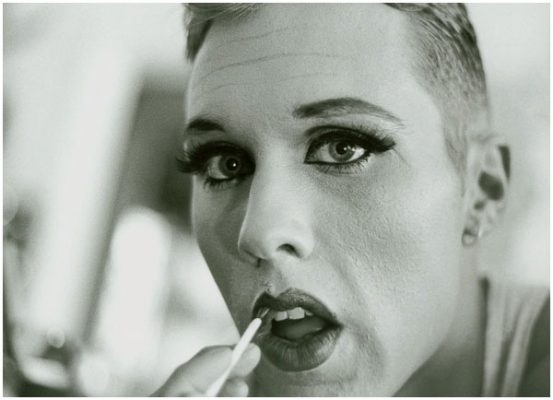 When I made the leap to digital, those theories still remain engrained in my head. I still pre-visualize the final image and I still place the tones exactly where I think they will be exciting and represent my signature style of imagery. The only difference now is I am skewing those tones to lengthen or compress them using a tool built in called curves in postproduction. It does an amazing job of being able to isolate a very specific tone and placing it exactly where you want. I think if Ansel Adams were alive today he would have whole-heartedly embraced the now digital technology. Oddly enough many of the tools in the digital workspace are based on his practice and concepts.
When I made the leap to digital, those theories still remain engrained in my head. I still pre-visualize the final image and I still place the tones exactly where I think they will be exciting and represent my signature style of imagery. The only difference now is I am skewing those tones to lengthen or compress them using a tool built in called curves in postproduction. It does an amazing job of being able to isolate a very specific tone and placing it exactly where you want. I think if Ansel Adams were alive today he would have whole-heartedly embraced the now digital technology. Oddly enough many of the tools in the digital workspace are based on his practice and concepts.
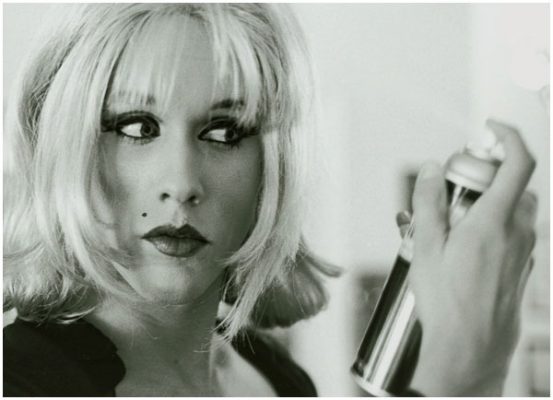 What a fun evening of going down that memory lane last night with Katie. Sometimes we take for granted how much we have grown and what has inspired us. I so wanted to set up my darkroom equipment last night and print something by hand. Photography is one of those remarkable things you never stop learning and once bitten you can’t get enough. It grows and changes with you as you change; it’s like a part of your alter ego that screams out to express your inner most desire.
What a fun evening of going down that memory lane last night with Katie. Sometimes we take for granted how much we have grown and what has inspired us. I so wanted to set up my darkroom equipment last night and print something by hand. Photography is one of those remarkable things you never stop learning and once bitten you can’t get enough. It grows and changes with you as you change; it’s like a part of your alter ego that screams out to express your inner most desire.

